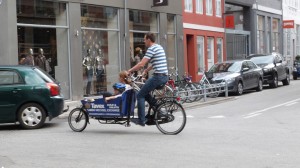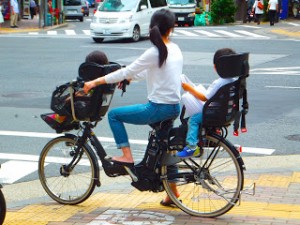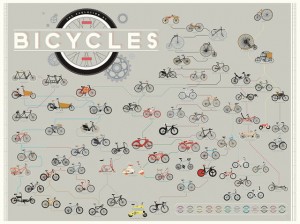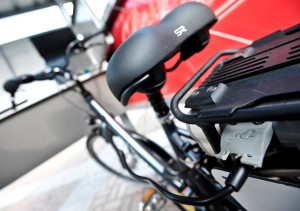The Companion Bike Seat is a bran d new, and pretty handy, extra that hooks up to your bike, allowing you to cart around, at the very least, a 200-pound passenger — or for parents a lot of kids. This week, the San Francisco-based company began its Kickstarter campaign, hoping to raise just enough money to produce 1,000 companion seats.
d new, and pretty handy, extra that hooks up to your bike, allowing you to cart around, at the very least, a 200-pound passenger — or for parents a lot of kids. This week, the San Francisco-based company began its Kickstarter campaign, hoping to raise just enough money to produce 1,000 companion seats.
The Companion Bike Seat costs $125 in Kickstarter guise and includes a lockable stash box, pegs, a comfy padded vinyl seat, and the tubular steel frame. While the Companion isn’t going to give you as much carrying capacity as an Xtracycle or a purpose built cargo bike, it gives you a lot more than you have now.
http://blogs.sfweekly.com/thesnitch/2013/11/the_companion_bike_seat_better.php












Recent Comments